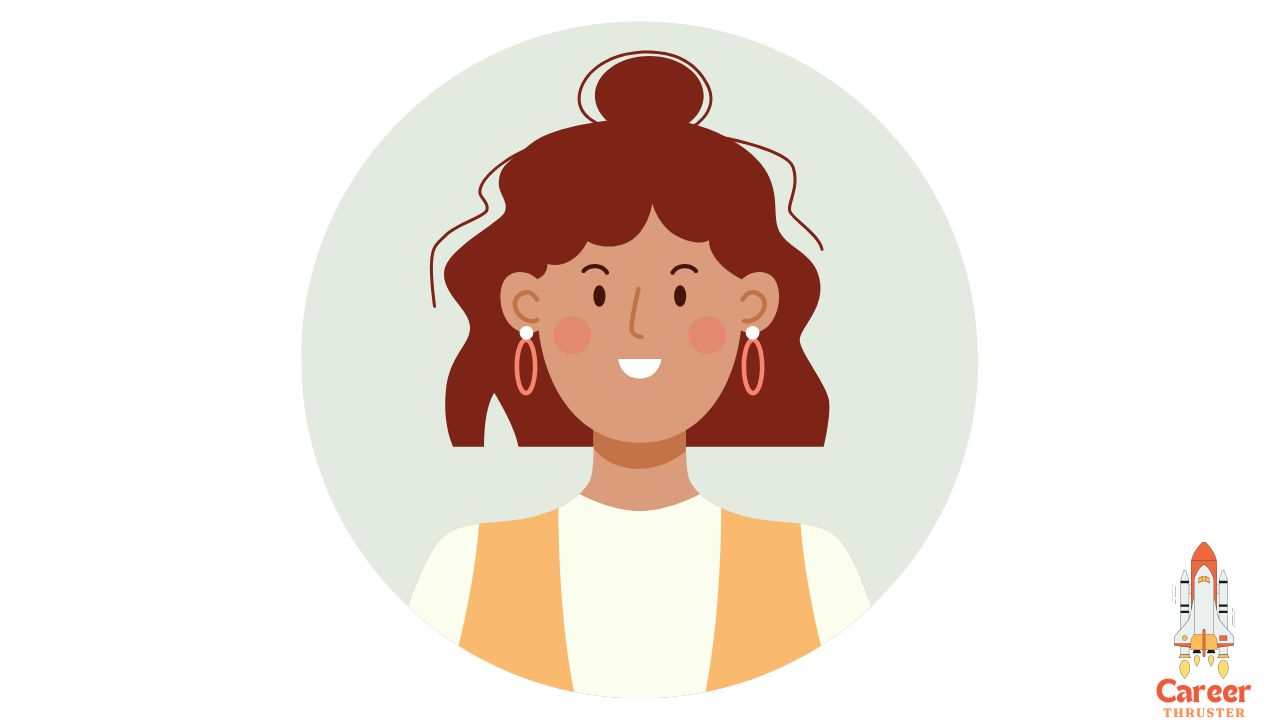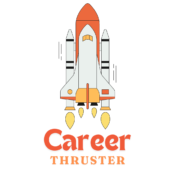💡 Are you preparing for a big interview? Use this guide to craft the perfect outfit that showcases your professionalism and personality, and step into your interview with confidence.

When preparing for a job interview, your outfit is one of the first things your interviewer will notice. It communicates your professionalism, respect for the opportunity, and attention to detail. For many women, deciding how to dress for a job interview female candidates can feel daunting. Should you stick to traditional outfits? Is it okay to showcase personal style?
In this guide, we’ll walk through how to select the right outfit for your next interview, ensuring you strike the perfect balance between confidence, professionalism, and comfort.
Table of Contents
1. Research the Company Culture and Dress Code to Guide Your Choices
Every company has its own culture, which often reflects in its dress code. Before your interview, spend time researching the organization to understand its expectations. For example, corporate industries like finance or law tend to favor formal business attire. A tailored blazer, neutral blouse, and trousers or a pencil skirt convey respect for these environments.
💡 Example: If you’re interviewing at a traditional law firm, wearing a classic black suit with a white blouse aligns with their formal expectations. Conversely, for a graphic design role at a startup, a tailored blazer over a chic dress might be ideal. This combination shows that you respect their culture while adding a touch of personality.
Understanding the company’s culture and dressing accordingly shows that you’ve done your homework and that you’re serious about the opportunity.
2. Balance Comfort and Professionalism for Confidence During the Interview
Your interview outfit shouldn’t just look good—it should feel good too. An ill-fitting or uncomfortable outfit can distract you during the interview, affecting your confidence. Choose fabrics that are breathable, like cotton or wool blends, to ensure you feel comfortable even if the interview runs long.
💡 Example: A well-fitted blazer made of lightweight fabric paired with tailored trousers ensures you look polished while staying comfortable. Shoes should also be practical. If you’re not used to wearing heels, try low block heels or professional flats. You don’t want to be distracted by sore feet when you’re making your case for the role.
Testing your outfit in advance by walking, sitting, and standing in it helps you ensure you’ll be comfortable and confident throughout the interview.
3. Stick to Neutral Colors While Adding a Touch of Personality
Neutral colors such as black, navy, gray, and white are universally accepted in professional settings. These tones are timeless, non-distracting, and convey professionalism. However, incorporating a subtle pop of color or a small pattern can make your outfit feel more personal.
💡 Example: For a formal setting, a navy blazer paired with a white blouse and gray trousers is a classic choice. To add a personal touch, you might wear a pastel scarf or a blouse with a soft floral print. In creative fields, you can go a step further by incorporating jewel tones like emerald green or burgundy into your outfit.
These small accents make you stand out without overshadowing your professionalism.
Read More- How To Introduce Yourself At Work
4. Incorporate Professional Accessories to Enhance Your Look
Accessories can elevate your outfit, but they should be chosen thoughtfully to maintain a professional appearance. Jewelry should be minimal—think simple stud earrings or a thin bracelet. Your handbag should be structured, neutral, and practical enough to carry essentials like a notebook and pen.
💡 Example: Pairing your outfit with pearl earrings and a black leather tote bag adds sophistication without being flashy. For hair, a neat bun, ponytail, or straightened look works well for most interviews. When it comes to makeup, soft tones that enhance your natural features—like a touch of mascara and nude lipstick—help you look polished but not overdone.
Thoughtful accessories complete your outfit and reflect your attention to detail, reinforcing the impression that you’re a well-prepared candidate.
5. Select Appropriate Footwear That Balances Style and Comfort
Shoes play a crucial role in your overall look. They should align with the professional tone of your outfit and also be comfortable enough for you to walk and stand in confidently. Closed-toe styles, such as pumps, loafers, or ballet flats, are ideal for interviews.
💡 Example: If you’re interviewing for a corporate role, black leather pumps with a modest heel complement formal attire perfectly. For a more relaxed business casual setting, neutral-tone loafers or suede flats are equally polished choices. Avoid casual shoes like sneakers or sandals, as these might come across as unprofessional.
Your footwear should complete your outfit, allowing you to move confidently and comfortably.
6. Customize Your Outfit to Reflect the Specific Role and Industry
Different roles and industries have unique expectations, and your outfit should reflect an understanding of these nuances. For healthcare roles, business casual attire, such as slacks with a blouse, is usually appropriate—even if scrubs are the standard uniform. Teaching positions call for outfits that balance professionalism with approachability, like a midi dress or tailored trousers paired with a cardigan.
💡 Example: If you’re interviewing for a teaching role, a knee-length dress with ballet flats strikes the right balance between formal and friendly. On the other hand, for a creative job, a tailored dress with a statement necklace can reflect both your professionalism and your artistic side.
Customizing your outfit based on the role shows that you’ve considered what’s appropriate and made an effort to align with the organization’s standards.
7. Adapt Your Outfit for Virtual Interviews Without Losing Professionalism
Virtual interviews require careful thought to your appearance, even if you’re not meeting in person. Since only your upper half is typically visible on camera, focus on wearing solid colors that won’t clash with your background. Busy patterns can be distracting on video, so it’s best to avoid them.
💡 Example: A tailored blazer over a pastel blouse creates a clean and professional appearance for a virtual interview. Keep your hair neatly styled and your background uncluttered to ensure the focus remains on you. Even if the lower half of your outfit isn’t visible, dressing fully in professional attire can boost your confidence.
Putting effort into your appearance during a virtual interview shows respect for the opportunity, even in a remote setting.
8. Avoid Common Mistakes When Dressing for a Job Interview
Knowing what to avoid is just as important as knowing what to wear. Overly casual outfits, such as jeans or T-shirts, can signal a lack of seriousness. Revealing clothing might come across as unprofessional, and too many accessories can be distracting.
💡 Example: Imagine wearing wrinkled or stained clothing to an interview—it immediately creates a negative impression, no matter how qualified you are. Taking time to iron your outfit and check for flaws demonstrates attention to detail and a commitment to making a positive impression.
When in doubt, always lean toward more conservative choices. It’s better to be slightly overdressed than to risk appearing unprofessional.
9. Real-Life Examples of Women Who Have Nailed Interview Attire
Michelle Obama, known for her elegant and tailored outfits, is a prime example of how clothing can convey professionalism and confidence. Early in her career as an attorney, she often wore classic suits that reflected her authority and competence.
💡 Example: Oprah Winfrey’s structured blazers and understated accessories during her early broadcasting days helped her establish a polished image that matched her growing reputation. These examples highlight the importance of dressing thoughtfully to make a lasting impression.
Final Thoughts
Mastering how to dress for a job interview female candidates is about aligning your outfit with the role, respecting company culture, and prioritizing comfort alongside professionalism. By taking the time to plan your attire, you set the stage for a confident, focused, and successful interview experience.
